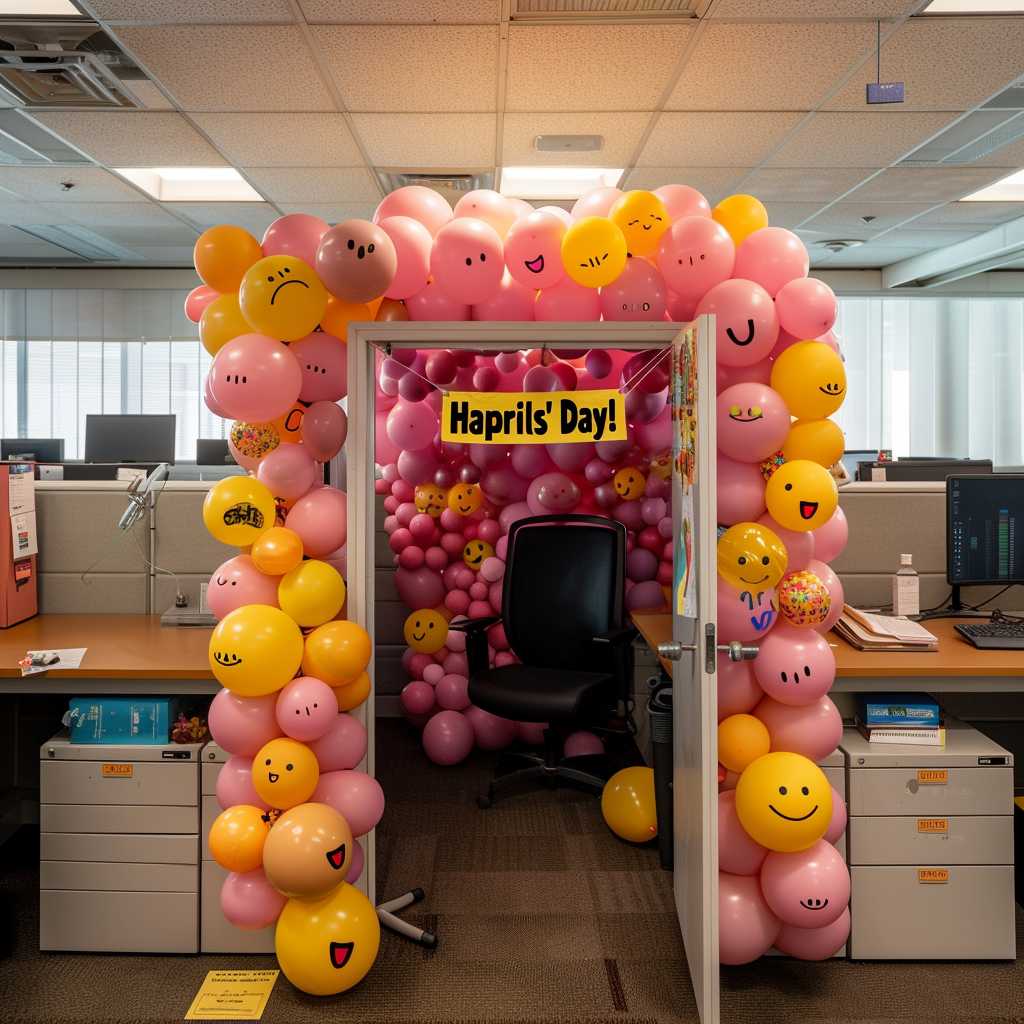The Culture and Impact of April Fools’ Day Pranks
April Fools’ Day, observed on the first of April each year, is an occasion marked by humor and lighthearted pranks. It is a day when friends, family, and even companies engage in playful trickery designed to elicit laughter and mild surprise. The popularity of April Fools’ has transcended borders, leading to a global participation in jest. This article explores the history of April Fools’, notable pranks from across the years, ethical considerations of pranking, and how technology has shaped modern April Fools’ celebrations.
History of April Fools’ Day Pranks
The exact origins of April Fools’ Day are not definitively known, but the convention of setting aside a day for foolishness can be traced back to several traditions and cultures. Some historians suggest that it dates back to the Roman festival called Hilaria, celebrated at the end of March, where people would dress up and mock fellow citizens. In France, the practice may have been tied to the switch from the Julian calendar to the Gregorian calendar in 1582, wherein those who clung to the traditional celebration date for New Year’s during the last week of March (Julian calendar) instead of on January 1st were called “April Fools.”
Noteworthy April Fools’ Pranks Through Time
Over the years, there have been many pranks that captured public attention and sometimes garnered widespread media coverage. One famous prank was carried out by the BBC in 1957 with their news segment showing a Swiss family purportedly harvesting spaghetti from trees, fooling many viewers into believing spaghetti could grow like fruit. Fast forward to modern times; Google has become known for its annual April Fools’ interventions, creating fictional products and services that often seem plausible but are just within bounds of absurdity.
Ethical Considerations in Pranking
While the spirit of April Fools’ is generally well-intentioned, not all pranks are received positively. There is a fine line between a harmless joke and one that can cause distress or harm. Sensitive topics or mean-spirited jokes can mar relationships or lead to unintended consequences. Considering context, boundaries, and possible interpretations are crucial aspects when designing a prank.
Modern Technology and April Fools’ Pranks
Technology has broadened the methods through which pranks can be delivered. From doctored images and fake news articles that go viral on social media platforms to elaborate virtual reality gimmicks that blur the line between fact and fiction, digital tools have made it possible to craft more sophisticated pranks. However, they have also made it easier for misinformation to spread, highlighting the need for critical evaluation of content, especially around April 1st.
How Businesses Use April Fools’ as Marketing Strategies
It’s not just individuals who partake in April Fools’; companies often use this day as an opportunity to showcase their sense of humor through playful product announcements or fictional re-brands as marketing stunts. These strategies can be a double-edged sword – if well-received, they can generate positive buzz and humanize the brand; if misjudged, they can backfire and damage reputation.
